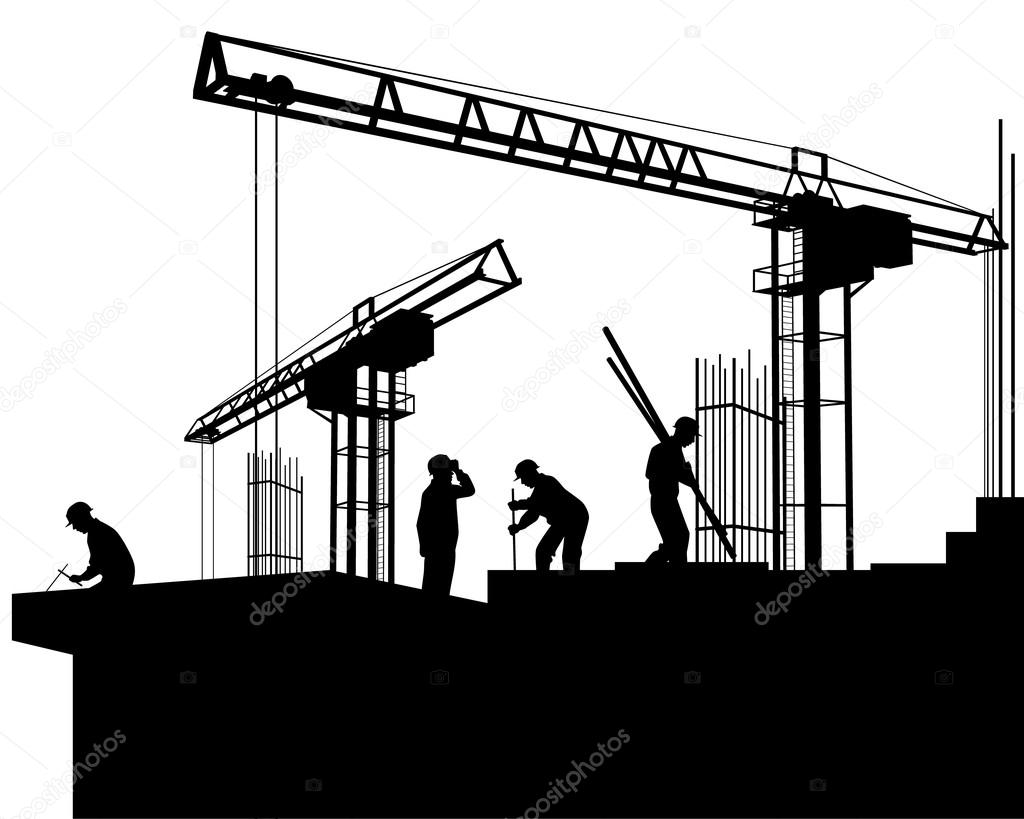
Writing is like building. There are steps to complete before
you can open for business. Starting with a thought or topic is like digging the
hole and pouring the foundation. Nothing can proceed without a direction for
the essay. I never worry if my topic seems off color or disconnected. I have
plenty of time to rework it. It’s a starting point and holds the rest of it up.
A business article could start with a news item about Walmart breaking into
the online selling market. I would add opinions at this stage and include at least some direction, the basic point.
After the foundation comes the framing. Framing is the
discipline stage. It takes the longest and forms the largest part of the
project. This is tying ideas together and stress testing them with research and
logic. No one writes an essay and makes up the details. Details are like the
steel beams. You need to understand how ideas fit together and strengthen the
structure. History, philosophy, personal experience and statistics reinforce
the thesis. The Walmart story needs some background and figures for a fuller
picture. Framing helps fit those into place and support whichever conclusion is
needed.
Without proper research your ideas fall flat like a camping
mattress when the air is let out. I try to avoid generalities like "really big" or "very expensive" without including objective facts.
After the framing is up the floors and infrastructure get
added. By infrastructure I mean plumbing, electrical, drywall and windows. I’ve missed a few key installations but you get the point. This isn’t
really about building, it’s about writing (so settle down carpenters).
I think of this as the second draft of the essay. The first draft is putting
your ideas into a type of vertical grid. It’s a way of telling yourself, this the
general point of what I want to say. Stay within the frame. The second draft is
where cleaning happens, the rough sentences shaved off, ground down. On closer
inspection some areas need more depth and some just need to go. After a
thorough edit the article is almost ready.
The last phase is the exterior phase. Add whatever article
links or graphics will help make the words pop, I add them and do a grammar
check. I always find more sloppiness to clean up even in this phase. After a final
inspection, the essay is ready to post.
Most of these phases
happen automatically now. I don’t consciously realize when phase 2 or 3 have
happened, I just kind of roll into them. What’s helpful for me is to avoid
trying to say everything perfect in the first phase. I tell myself “Don’t do
it”. That’s what editing is for. Besides, you’ll make yourself crazy cleaning
up every error and the ideas won’t flow. They jam up in the brain like water in
a kinked garden hose. I’ve learned in writing that perfect is the enemy of good.
The ideas are supreme. Get the thoughts
out of your head first and then edit. Edit a few times if you have to but don’t
slow down because of mistakes. Just write.
I've heard a lot of writers describe their process. They’re
all a little different but the ‘stages’ thing seems to be true across the
board. Stephen King uses a “Door Open/Door Closed” policy when comes up with
new material. He writes with the door closed first to get out all the nastiness
in his head. I take that to mean he uses poor grammar, run-on sentences and weird
ideas to get some of his thoughts on the page. Some ideas are too weird even for King apparently. Then, he opens the door and
cleans it up so it takes on a polished look for presentation. His stages take
on the same form, rough at first but presentable later.
Some of the stuff I write requires more research and
verification than others. Anything with economics means I’ll fire up the Google
machine at least a few times. I need a sense of numbers even if when I don’t
need specifics. If not I’ll be guessing. The “here’s my story” classic blog
bits don’t demand as much (like this one for instance). My memory isn’t great,
but details can be inferred if I remember a setting or a general conversation.
As much as I love to read fiction I have trouble composing dialogue in general. Non-fiction and essay writing come more natural to me. I
can’t say why. I guess it has something to do with understanding a character’s
motivations and writing from different points of view. Not everyone talks or
thinks or acts the same way. We all understand situations differently and our
speech reflects our underlying biases and philosophies. It’s tricky for me to
vary patterns in dialogue and shorten sentences so the speech sounds like actual
people talking. My speaking parts often read like professors giving oral histories on
niche topics, too long and too wonkish. People don’t talk like that.
I just think fiction
takes more work. I am building it just the same.
